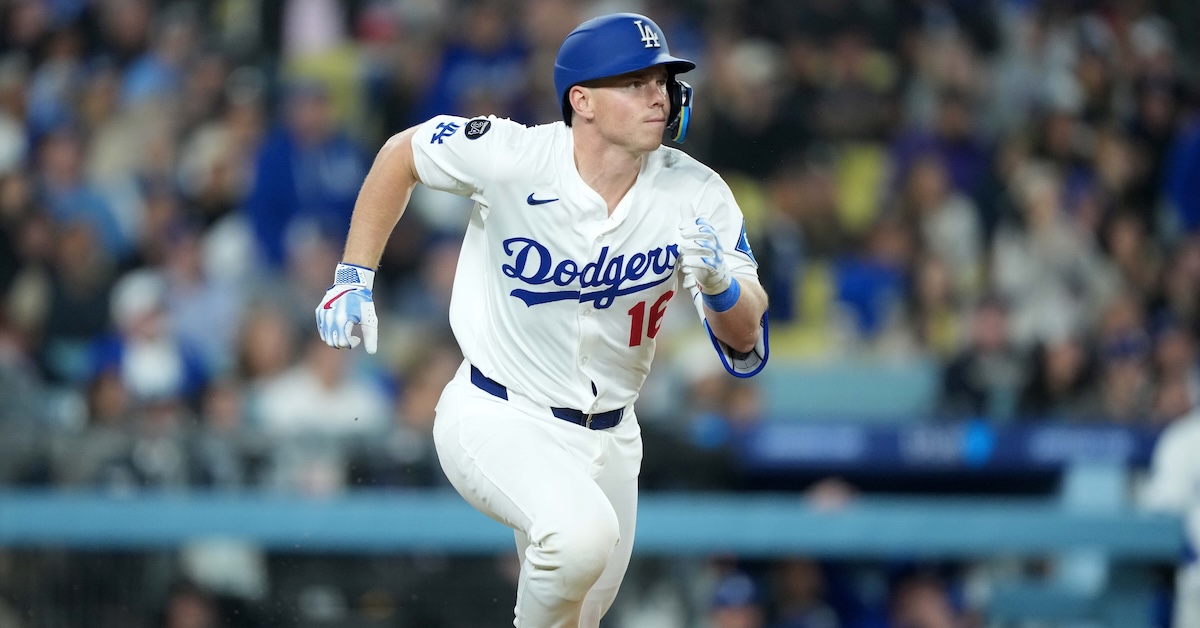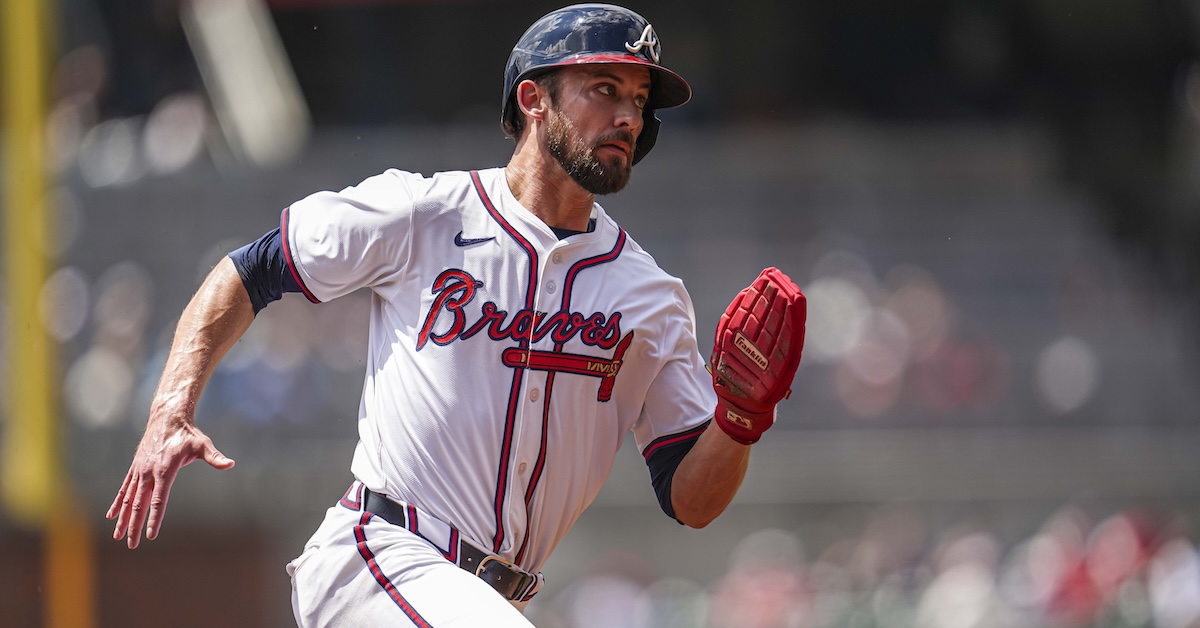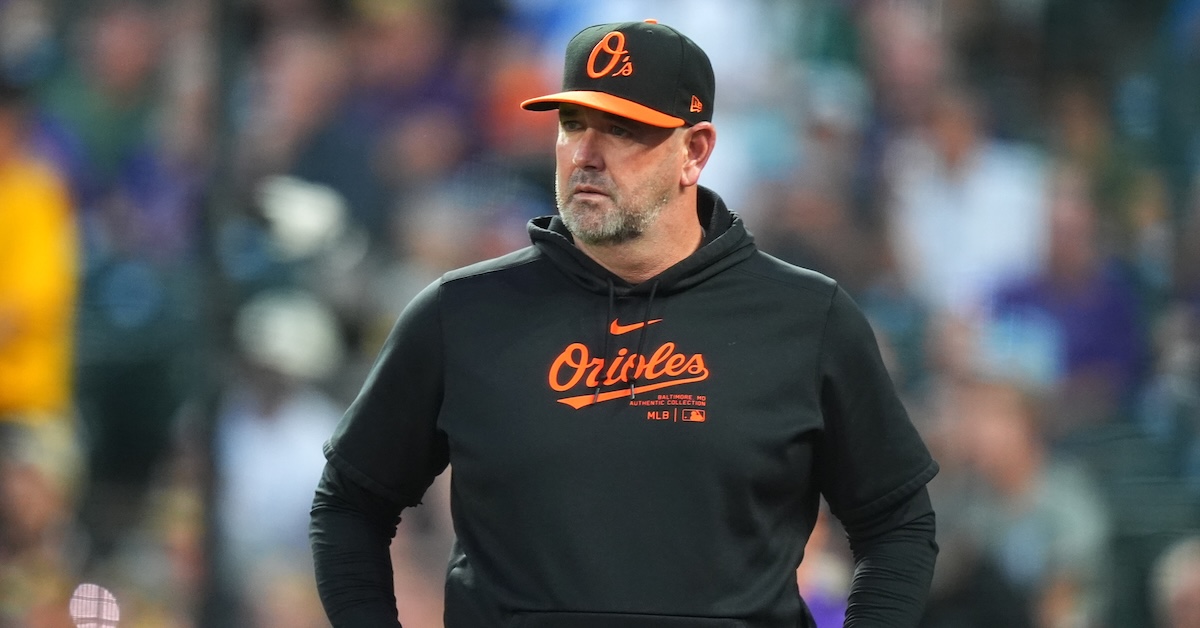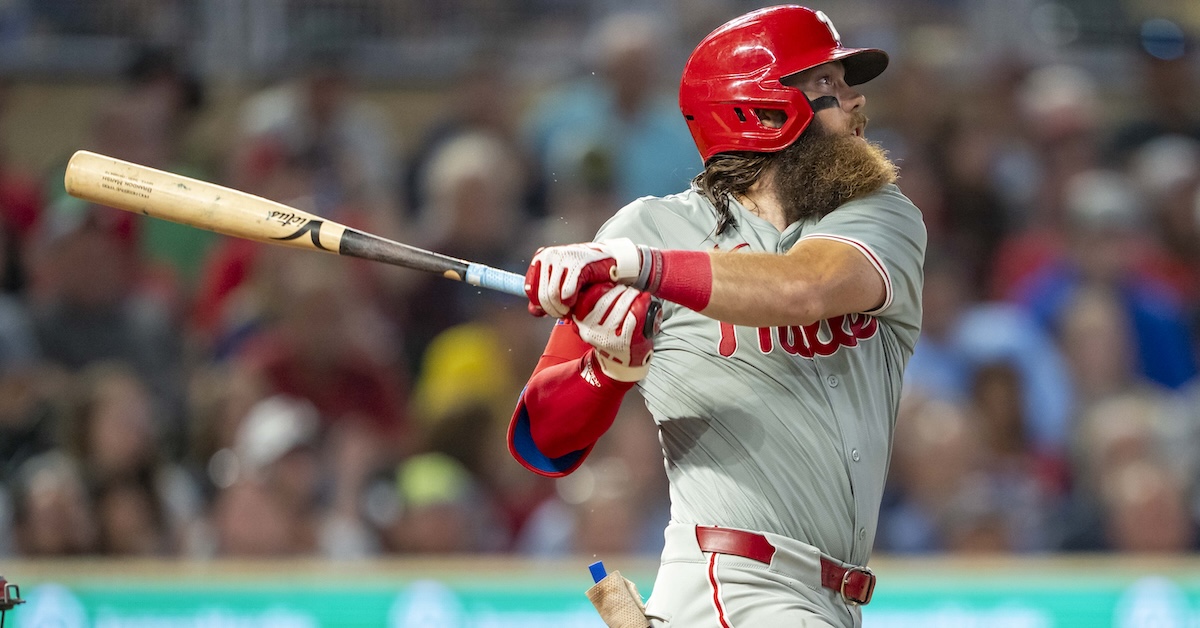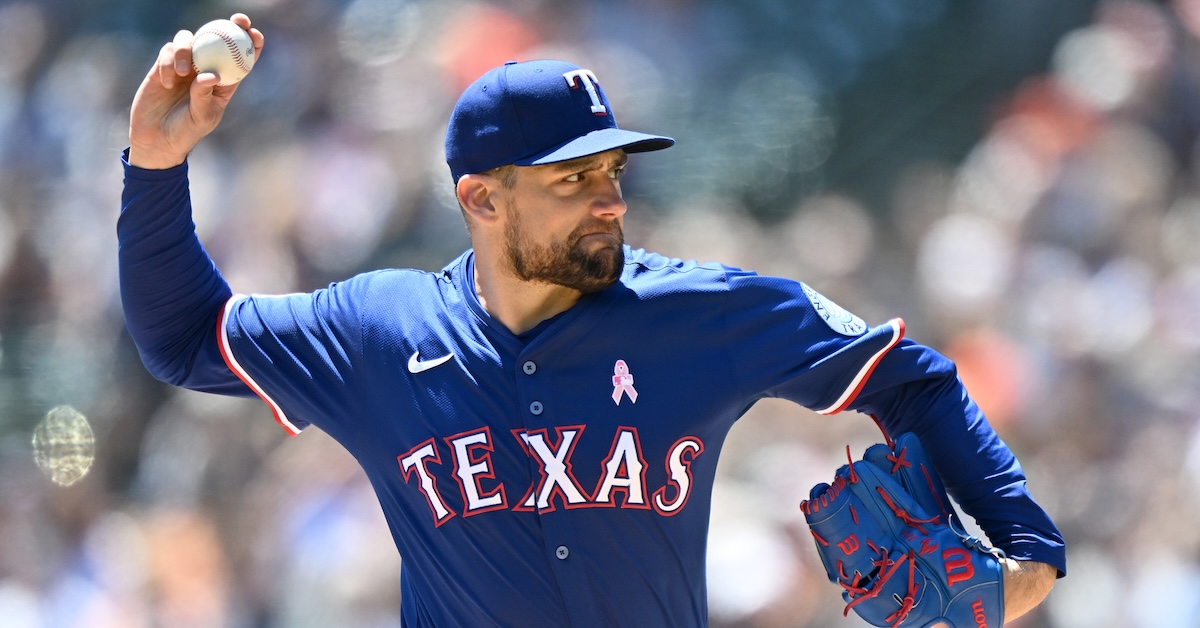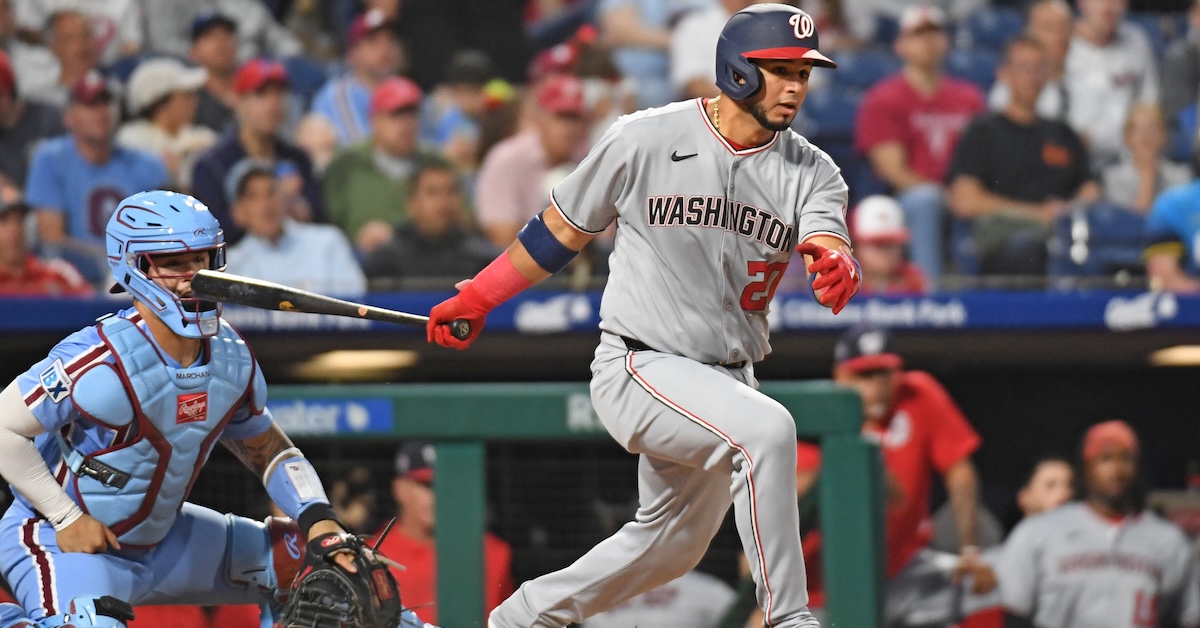How Cal Raleigh Learned To Stop Swinging But Keep Hitting Bombs
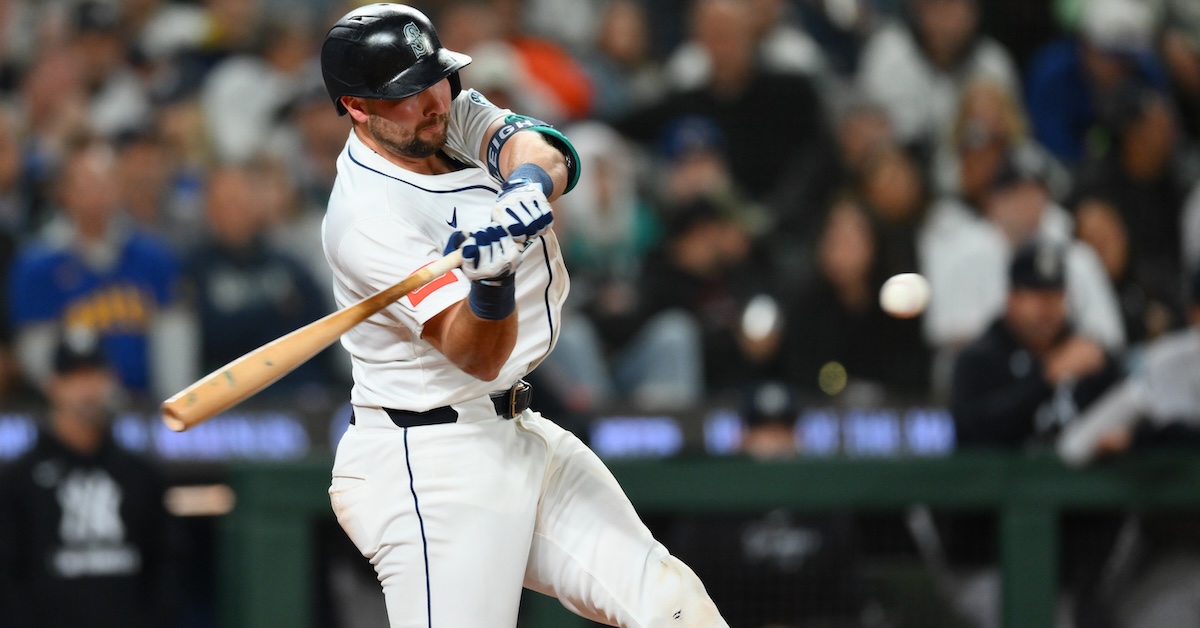
Cal Raleigh has a lot of power. That’s always been his calling card, at least on offense. In each of his three full major league seasons, he’s posted a below-average OBP and an above-average offensive line. In cavernous T-Mobile Park, the hardest place to hit in baseball, his 34 home runs and .436 slugging percentage in 2024 were downright titanic. This year, though, he’s tapped into something new.
Or, well, his results are absolutely something new. One very interesting thing about Raleigh’s spectacular 2025: It hasn’t come from more raw power. Maximum exit velocity? Nothing new for Raleigh. Neither is his average exit velocity, nor his hard-hit rate, both of which are broadly in line with 2024. His bat speed is the same. When he’s trying to hit a home run, he’s doing it the way he always has.
But while his ability to hit baseballs hard might be the same as it’s always been, he’s demonstrating that ability more often than ever before. He’s both putting the ball in the air and pulling his elevated contact more frequently, and more of his batted balls are barrels, too. He’s striking out less frequently, with a career-high contact rate and career-low swinging strike rate.
Nothing is ever so simple that it’s driven by one thing, but I think there’s one important change driving Raleigh’s surge. It’s something he’s been working toward for a few years, in fact. When Raleigh is ahead in the count and pitchers throw him meatballs over the heart of the plate, he’s swinging less than ever before:
| Year | Swing% |
|---|---|
| 2021 | 83.7% |
| 2022 | 85.0% |
| 2023 | 76.1% |
| 2024 | 77.9% |
| 2025 | 73.4% |


